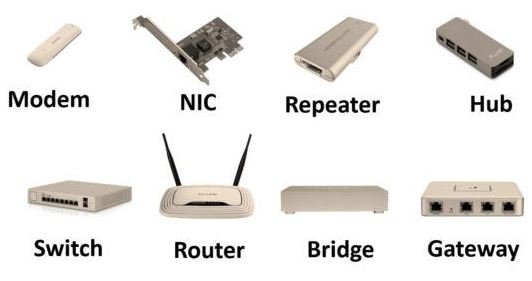Setting up a home theater is an exciting job that can completely change your entertainment experience. Whether you enjoy watching movies, playing video games, or watching sports, a well-designed home theater can deliver an immersive experience right in your living room.
Here’s a complete guide on selecting the correct components for your home cinema system.
1. Home Theater – Define Your Space
- Room Size: The size of your room determines the sort of equipment you require. Larger spaces may demand more powerful speakers and a larger screen, but smaller rooms can benefit from compact systems.
- Room Layout: Think on the layout of your room, including the sitting arrangement, windows, and doorways. This will impact speaker positioning and screen size.
2. Choose the Right Display
- TV or Projector: Decide whether you want a TV or a projector. TVs are generally easier to set up and provide bright, sharp images. Projectors can create a larger screen size, which is ideal for a cinematic experience.
- Resolution: Opt for at least 4K resolution for a sharp, clear picture. If budget allows, consider an 8K TV for future-proofing.
- Screen Size: The size of the screen should match the size of your room. A general rule is to choose a screen size that is about 1.5 to 2.5 times the viewing distance.
3. Select Your Audio System
- Soundbar: A simple solution that can greatly enhance your TV’s audio. Ideal for small spaces.
- Home Theater in a Box (HTIB): An all-in-one package that includes a receiver and speakers. It’s convenient but might not offer the best quality.
- Separate Components: For the best audio experience, consider purchasing a separate AV receiver and individual speakers. This allows for more customization and better sound quality.
- AV Receiver: The heart of your audio system, it connects and powers all your speakers. Look for one with enough channels to support your speaker setup.
- Speakers: A 5.1 setup (five speakers and one subwoofer) is a good starting point. For a more immersive experience, consider a 7.1 or even a Dolby Atmos setup.
AED3,999.00
4. Source Devices
- Streaming Devices: Devices like Apple TV, Roku, or Amazon Fire Stick provide access to streaming services.
- Blu-ray/DVD Players: For physical media enthusiasts, a high-quality Blu-ray player is essential.
- Gaming Consoles: If gaming is a priority, ensure your console supports 4K and HDR.
5. Cables and Accessories
- HDMI Cables: Ensure you have high-speed HDMI cables to support 4K and HDR.
- Speaker Wires: Quality speaker wires can make a difference in audio performance.
- Universal Remote: Simplify your setup with a universal remote to control all your devices.
6. Home Theater – Installation and Calibration
- Professional Installation: If you’re not comfortable setting up your system, consider hiring a professional.
- Calibration: Properly calibrate your display and audio system for the best performance. Many AV receivers come with auto-calibration tools.
7. Smart Home Theater Integration
- Voice Control: Consider integrating voice control through devices like Amazon Echo or Google Home.
- Automation: Smart home systems can automate your lights, screen, and sound for a true theater experience.
8. Budget Considerations
- Plan Your Budget: Home theater systems can range from a few hundred to several thousand dollars. Prioritize the components that matter most to you.
- Look for Deals: Keep an eye out for sales, especially around major holidays and shopping events like Black Friday.
Conclusion
Creating your own home theater can be a worthwhile investment, providing endless hours of amusement. By carefully selecting and configuring each component, you may have an immersive, high-quality watching and hearing experience. Enjoy viewing movies!
Related Stories
- The Best Home Audio and Media Streaming Devices of 2024
- Top Home Video Projectors to Consider in 2024
- Top 5 Media Streaming Devices for 2024: Best Picks for Every Need
Related Topics

c


Sports live stream channel













